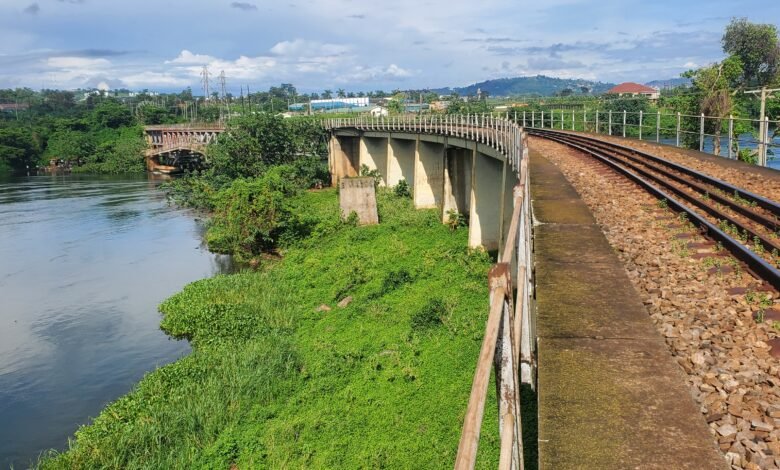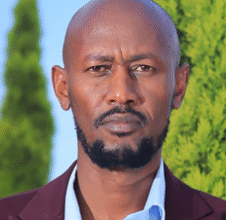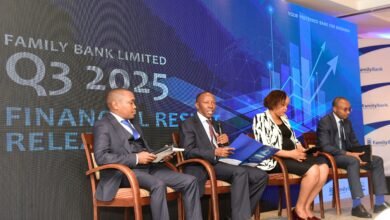
President William Ruto has announced plans to extend Kenya’s Standard Gauge Railway (SGR) from Naivasha to Kampala, via Malaba, starting January 2026.
The president said the more than 600 kilometre railway line will deepen East African trade and infrastructure integration.
It takes approximately 4hrs 30 mins to traverse your way from Kenya’s border Malaba to Uganda’s capital, Kampala, covering a distance of 236 kilometres.
Speaking at the groundbreaking ceremony for the Devki project in Toronto, Uganda, on Sunday, November 23, 2025, Ruto said the railway extension is designed to strengthen bilateral ties with Uganda and support trans-African commerce.
“In January, we will be launching the extension of the SGR from Naivasha to Kampala and onwards to join the pipeline from Malaba to the DRC.
We will coordinate the two governments to improve transport and logistics in our region, become more competitive, and enhance collaboration,” he said.
The infrastructure drive rests on Kenya’s strategic partnership with Uganda, a landlocked nation that is one of Kenya’s largest markets for goods and services.
How Much Will It Cost?
The projected Naivasha–Malaba SGR extension, covering approximately 475 km, is estimated to cost Ksh.648 billion (about US$5 billion).
Also Read: Kenya Runs to UAE for Uganda SGR Extension in $4 Billion Deal
According to Transport Cabinet Secretary Davis Chirchir, the government plans to fund the infrastructure (rails, civil works) while a private investor will provide the rolling stock—locomotives, coaches, and wagons.
To raise its share, Kenya is exploring a 15-year mega bond of around Ksh.390 billion, and will be backed by the Railway Development Levy collected from imported goods.
The mega project will be an addition to the similar costly Mombasa-Naivasha railway line, which cost taxpayers Ksh.523 billion.
The Naivasha–Kisumu portion (267 km) was budgeted at Ksh.380 billion, and the Kisumu–Malaba section (about 135 km) at approximately Ksh.169 billion, bringing the total for that corridor to around KSh 549 billion.
The new extension’s Ksh.648 billion price tag is consistent with—but slightly higher than—the earlier projected costs for the same route, reflecting both inflation and possibly more ambitious design or financing costs.
Ruto also announced plans for Kenya and Uganda to jointly own and expand the Kenya Pipeline Company (KPC.
He said Kenya would divest up to 65 percent of KPC, opening it to Ugandan and other East African investors.
This would see the pipeline linked from Eldoret through Kampala, ultimately linking to Rwanda and the DRC.
Concerns Around Mega Project
While the bond is planned, it’s not yet fully underwritten, and Kenya’s rising debt burden could make investors nervous. Besides, building nearly 500 km of rail across multiple counties will involve land acquisition, compensation, and engineering challenges.





